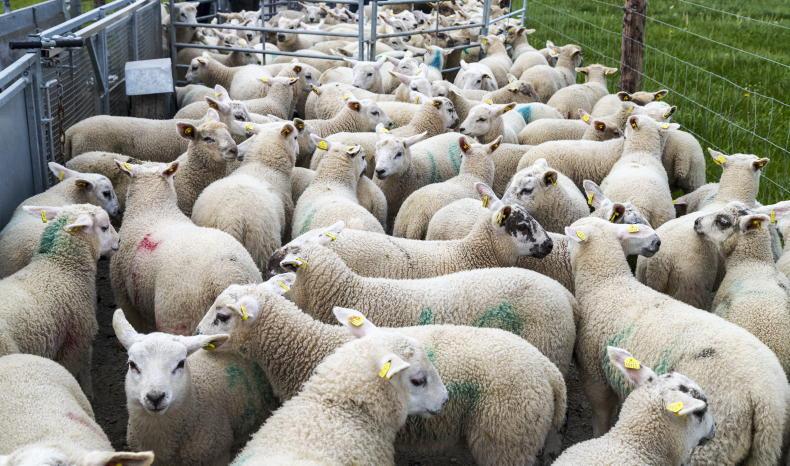Reports indicate there is much more interest in castrating lambs this season due to concerns over the ease of finishing ram lambs in the absence of concentrates later in the season.
Many farmers are returning to castrating lambs for the first time after a long period of finishing ram lambs.
Management practices relating to the task itself and pre- and post-castration have a big influence on avoiding issues.
It is advisable to administer a clostridial disease vaccine in advance of castration to guard against the risk of tetanus.
Full course
A full course, including the primary and booster vaccine, will provide the greatest level of protection, but administering the primary vaccine will also provide a limited level of protection.
With regards to the castration process, the only option available to farmers after lambs turn seven days of age is to use a burdizzo.
When castrating, be careful to avoid catching the urinary tract when closing the burdizzo - clamp the jaws shut and release immediately without overlapping the castration site on each side.
Delayed opening or longer-term closure can lead to extra injury and swelling
Delayed opening or longer-term closure can lead to extra injury and swelling.
When not in use, store the burdizzo in an open position and in an environment that prevents dirt or rust accumulating on the jaws.
It is important to ensure that blowfly protection has been applied, as lambs will spend longer lying down after the task and, as such, be at a greater risk of contracting flystrike.
Selection considerations
The merits of castrating strong ram lambs will be questionable, as these may suffer a setback in performance.
Forward ram lambs may benefit from being grouped together, left entire and supplemented with low levels of concentrates if required, while castration is likely to suit lighter lambs better that will not be finished in the next two months.






 This is a subscriber-only article
This is a subscriber-only article










SHARING OPTIONS: